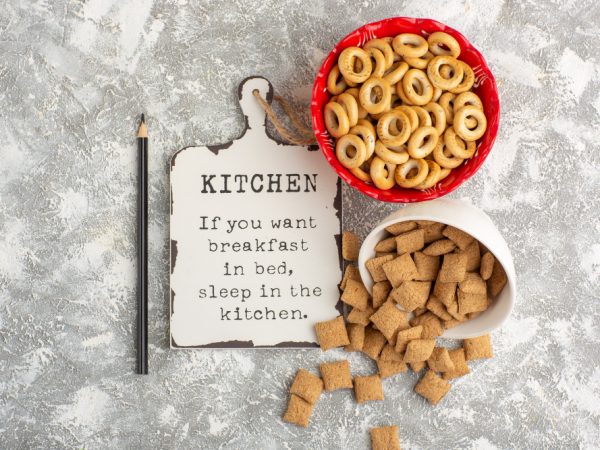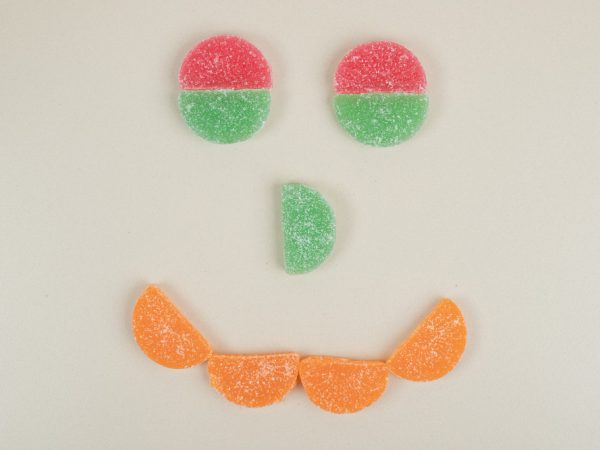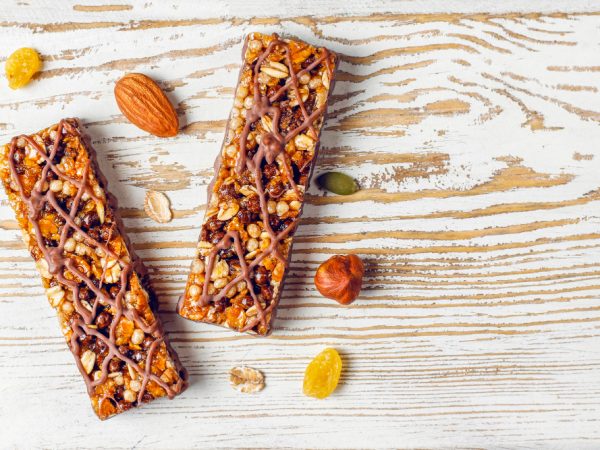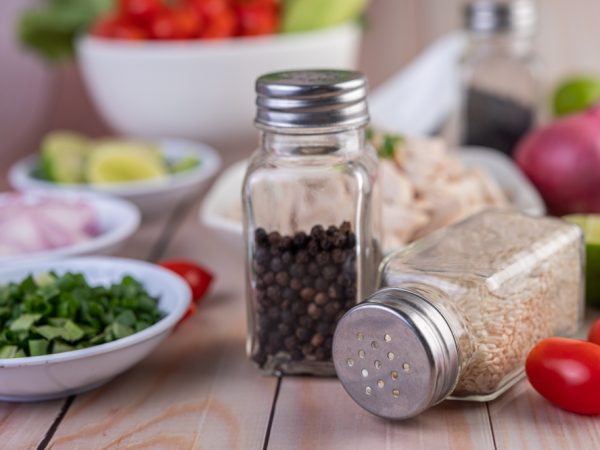Mee Pok vs Mee Kia: What’s the Difference Between These Noodles?
Singapore’s hawker scene is full of flavor and character, and one of the most common questions you’ll hear when ordering a bowl of bak chor mee or fishball noodles is:
“Mee pok or mee kia?”
To those unfamiliar with local food culture, this might sound like a small detail. But ask any Singaporean foodie, and they’ll tell you: choosing between mee pok and mee kia can completely change the taste and texture of your meal.
In this guide, we’ll break down the key differences between the two noodle types, how they’re typically used, and how to decide which one is right for your next hawker order.
What is Mee Pok?
Mee pok is a flat, broad noodle made from wheat and egg. It’s roughly 4 to 6 millimeters wide, giving it a ribbon-like appearance. The term “mee pok” translates from Teochew dialect as “thin noodles,” but compared to mee kia, it’s the broader option.
The texture of mee pok is one of its standout features. When cooked properly, it’s springy, chewy, and incredibly satisfying to bite into. Thanks to its wider surface area, mee pok is also excellent at soaking up sauces, especially bold ones like vinegar, chili oil, and soy sauce.
Mee pok is commonly used in:
- Dry bak chor mee (minced meat noodles)
- Fishball noodles
- Lor mee-style dishes with thick gravy
This noodle is ideal for people who enjoy a more robust, hearty chew with every bite and love their noodles coated generously in sauce.
What is Mee Kia?
Mee kia, on the other hand, is much thinner and round in shape—think of it as the Singaporean version of angel hair egg noodles. Also made from wheat and egg, mee kia has a firmer and smoother bite compared to mee pok.
Despite being thinner, mee kia holds up well in hot broth and doesn’t get soggy easily. Its lightness makes it ideal for those who prefer a more delicate noodle experience, especially in soup-based dishes.
Mee kia is frequently used in:
- Soup versions of bak chor mee
- Wonton noodle soups
- Kway teow soup hybrids
- Dry noodles for those who prefer finer textures
People who enjoy light, smooth, and springy noodles often lean toward mee kia, especially if they want a noodle that doesn’t overpower the broth or toppings.
Key Differences Between Mee Pok and Mee Kia
The main differences between mee pok and mee kia come down to their shape, texture, and sauce interaction.
Mee pok’s flat, wide shape gives it a more satisfying chew and allows it to hold onto bold, oily sauces like chili and vinegar. It often feels heartier and makes the entire dish feel richer.
Mee kia’s thin and round structure provides a smoother mouthfeel and a lighter bite. It’s great in soup because it doesn’t absorb too much liquid, and it’s also preferred in dry dishes by those who want less noodle density.
While both noodles are made from the same base ingredients, their textures give completely different experiences. Mee pok is bold and chewy, while mee kia is smooth and refined.
Which Noodle Is Better?
There’s no right or wrong answer—it’s all about personal preference.
If you enjoy stronger flavors and sauces that cling to your noodles, go for mee pok. It shines in dry dishes, especially when mixed with black vinegar, chili paste, and minced pork.
If you prefer a lighter, cleaner noodle experience or are ordering a soup-based dish, mee kia might be the better option. It balances out rich broths and lets the soup flavors shine without getting too heavy.
In fact, some locals even switch between the two based on their mood or the weather. Mee pok is comforting on rainy days, while mee kia offers a lighter touch when you want something less heavy.
Texture and Cooking Style Matter
Another factor to consider is how the noodles are blanched and tossed by the hawker. A skilled cook will know exactly how long to blanch each noodle type—undercooking makes them too firm, while overcooking ruins the bite.
Mee pok generally needs slightly more time in the hot water due to its width, whereas mee kia blanches more quickly. The way the noodles are tossed with sauces or soaked in broth also changes their final taste.
So even with the same ingredients in your bowl, mee pok and mee kia will deliver very different mouthfeels.
Mee Pok and Mee Kia in Local Culture
The debate between mee pok and mee kia is a classic part of Singaporean food culture. Some families are divided over which noodle reigns supreme, while hawkers take pride in perfecting both types to cater to loyal customers.
It’s also common for hawkers to ask you for your noodle preference when you place your order. This simple question reflects the personal touch and customizability of hawker meals in Singapore.
Conclusion
Whether you’re team mee pok or team mee kia, there’s no denying that both noodles are cornerstones of Singapore’s beloved hawker cuisine. Your choice depends on whether you want a heartier, sauce-loving noodle (mee pok) or a finer, smoother slurp (mee kia).
Next time you’re at your favorite noodle stall, consider trying the one you usually skip—you might just discover a new favorite.
FAQs
1. Are mee pok and mee kia made from the same ingredients?
Yes, both are made from egg, wheat flour, water, and salt. The difference lies in their shape and thickness.
2. Can I request either noodle in any dish?
Most hawkers allow you to choose, especially in dishes like bak chor mee or fishball noodles.
3. Which noodle is better for soup dishes?
Mee kia is generally preferred for soup as it holds its shape and doesn’t absorb too much broth.
4. Which noodle holds sauce better?
Mee pok is better at absorbing and holding onto sauces due to its flat, wider shape.
5. Is one noodle healthier than the other?
Nutritionally, they are very similar. The difference in health impact comes down to cooking style and portion size.
Also read: Blk 8 Lorong 7 Toa Payoh – HDB Flat for Sale/Rent in Prime Location










